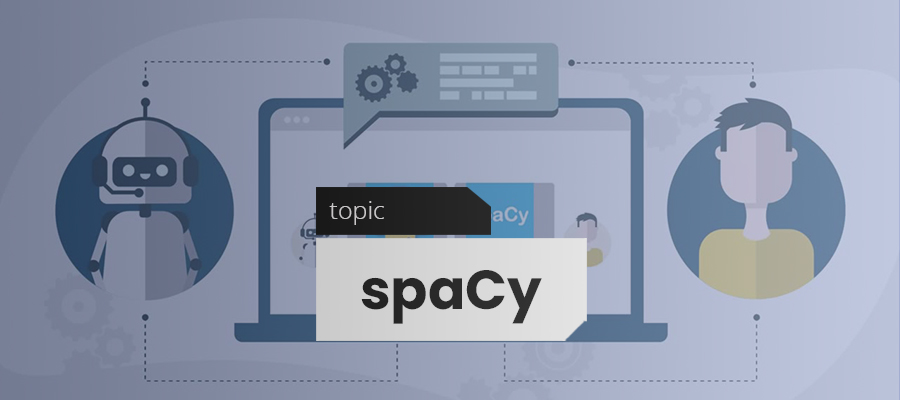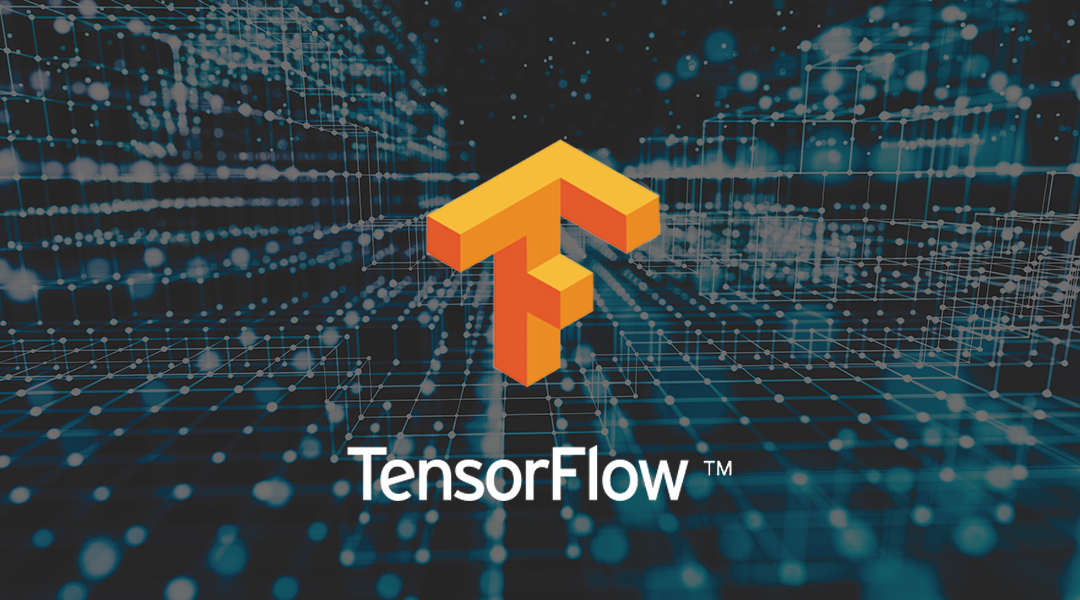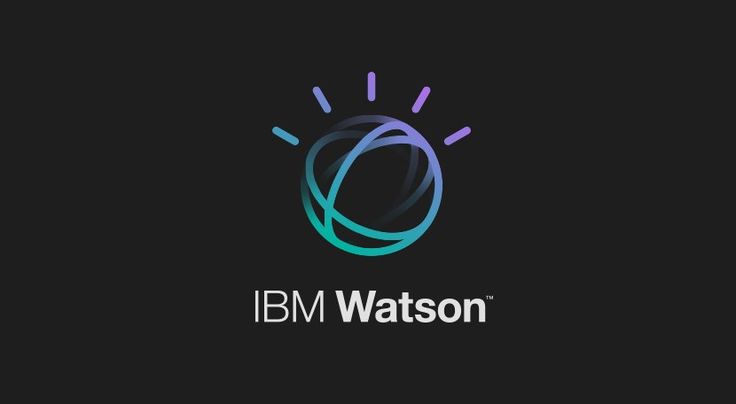Description
Introduction
The Natural Language Processing(NLP) with Python and NLTK course is designed to provide a comprehensive understanding of processing and analyzing human language data using Python’s powerful Natural Language Toolkit (NLTK). Participants will learn essential NLP concepts, such as text preprocessing, sentiment analysis, and topic modeling, while gaining hands-on experience in building language-processing solutions.
Prerequisites
- Basic understanding of Python programming
- Familiarity with data structures like lists and dictionaries
- Basic knowledge of machine learning concepts (optional)
- Understanding of regular expressions is helpful
- A working Python environment with NLTK installed
Table of Contents
- Introduction to Natural Language Processing (NLP)
1.1 What is NLP?
1.2 Applications of NLP in Real-World Scenarios
1.3 Overview of NLTK and its Capabilities - Setting Up the Environment
2.1 Installing and Configuring NLTK
2.2 Importing NLTK Corpora and Datasets
2.3 Working with Python IDEs for NLP Projects - Text Preprocessing Techniques
3.1 Tokenization: Splitting Text into Words and Sentences
3.2 Removing Stop Words and Punctuation
3.3 Stemming and Lemmatization(Ref: Advanced AWS Security (ITT_M) Training for Professionals) - Working with NLTK Corpora
4.1 Accessing Predefined Datasets in NLTK
4.2 Creating Custom Corpora for NLP Projects
4.3 Annotating Text Data for Analysis - Text Classification and Sentiment Analysis
5.1 Feature Extraction for Text Data
5.2 Implementing Naive Bayes Classifier with NLTK
5.3 Sentiment Analysis Using Pretrained Models - Part-of-Speech (POS) Tagging
6.1 Understanding Parts of Speech in Text
6.2 Implementing POS Tagging with NLTK
6.3 Handling Ambiguities in POS Tagging - Named Entity Recognition (NER)
7.1 Identifying Named Entities in Text
7.2 Customizing NER Models in NLTK
7.3 Applications of NER in NLP Solutions - Topic Modeling and Text Summarization
8.1 Implementing Latent Dirichlet Allocation (LDA)
8.2 Extractive and Abstractive Text Summarization
8.3 Visualizing Topics with Word Clouds - Building NLP Pipelines
9.1 Designing End-to-End NLP Workflows
9.2 Automating Text Analysis Tasks
9.3 Deploying NLP Solutions in Real-World Applications - Advanced NLP with NLTK
10.1 Parsing and Syntax Trees
10.2 Implementing Language Models
10.3 Handling Multilingual Data
Conclusion
This Natural Language Processing with Python course equips participants with the skills to effectively process and analyze natural language data using Python and NLTK. By the end of this training, learners will have a solid foundation in NLP concepts and techniques, enabling them to create innovative solutions for real-world challenges.









